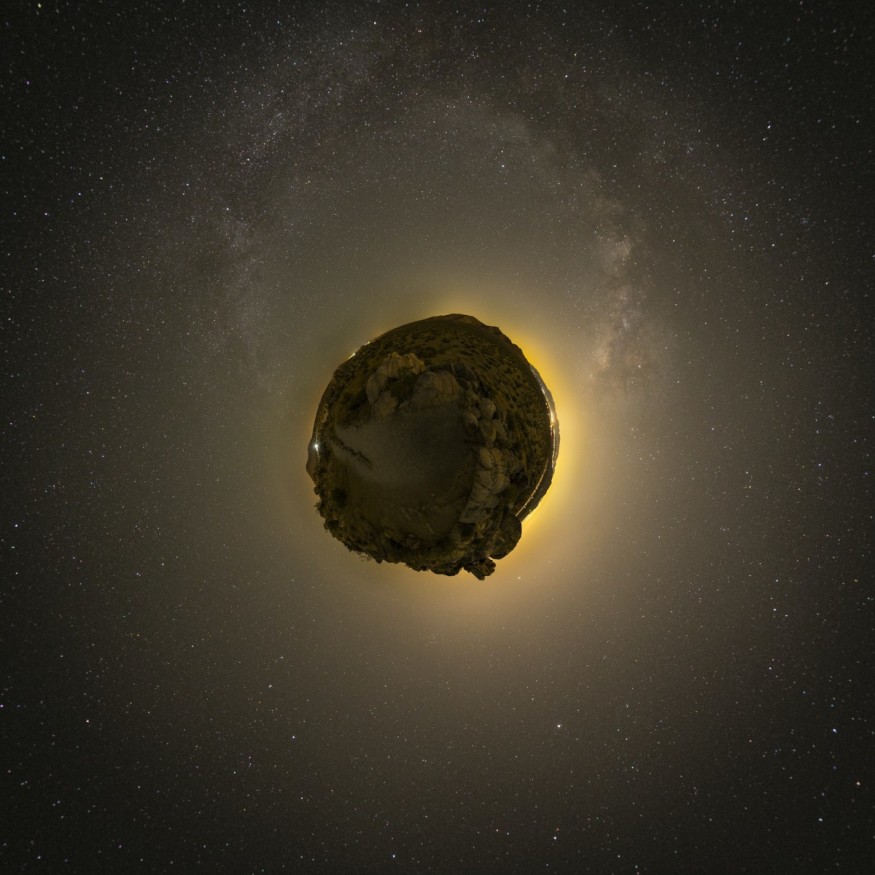
As a participating body in space, asteroids often float past the planet. As such, it's interesting to learn how many of these asteroids could've been potential "city killers" and which ones weren't harmless at all.
What Is an Asteroid?
According to Phys, an asteroid is a chunk of rock that originated from the solar system's formation. There are approximately half a billion asteroids in space varying in terms of size and speeds.
Some asteroids are greater than four meters; and like planets and stars, they orbit the sun and travel space at the same speed as the Earth, which is approximately 30 kilometers a second. According to Britannica, asteroids can also be referred to as minor planets or planetoids.
Most of these asteroids orbit the Sun around the asteroid belt, which is located between Mars and Jupiter's orbit. As such, these asteroids have often been used in media, including many Hollywood movies, as a symbol of destruction, with titles like Armageddon, as noted by IMBD, describing giant asteroids and their impact on Earth.
Even the media frequently comes up with stories about asteroids the size of a bus, truck, or even half a giraffe, according to ABC News. There have also been headlines regarding "city killer" asteroids, or generally asteroids capable of wiping out a whole city or cities.
Asteroid Risks
Phys reports that the risk of asteroids is very real; and about 65 million years ago, Earth was hit by a massive asteroid which resulted in the death of dinosaurs. According to PBS, the asteroid was agreed to be about 10 kilometers across and hit close to the Yucatan peninsula, resulting in the extinction of dinosaurs.
Even an asteroid that was just as tall as a giraffe, or around four meters, could still pack a punch when traveling at speeds of 60 kilometers per second. Phys also showed NASA's estimates on asteroid size and frequency.
The report notes that asteroids 4 meters in size have a frequency of once yearly, but a larger asteroid like a 140-meter asteroid, which could be deadly to metro areas or states and result in mass casualties, happen just once in 20,000 years.
The largest asteroid on their list was a 10,000-meter asteroid, which had a frequency of just once per 100 to 200 million years. This could cause a mass extinction of terrestrial life and global devastation.
Discovered Asteroids
The report also highlighted how many of these asteroids have been discovered. For the smallest asteroids of just 4 meters, the report highlighted how less than 0.1% have been discovered.
However, for the riskiest asteroids that were 10,000 meters in size, the report highlights that 100% of them have been located. As such, 95% of the 1,000 meter asteroids have also been located and they have a frequency of just once in 500,000 years.
RELATED ARTICLE : Neptune-Sized Exoplanet Blimps in and Out of Sight in a Single Orbit; Bizarre Atmosphere Leakage Found in Front and Not Behind
Check out more news and information on Space in Science Times.
© 2025 ScienceTimes.com All rights reserved. Do not reproduce without permission. The window to the world of Science Times.












